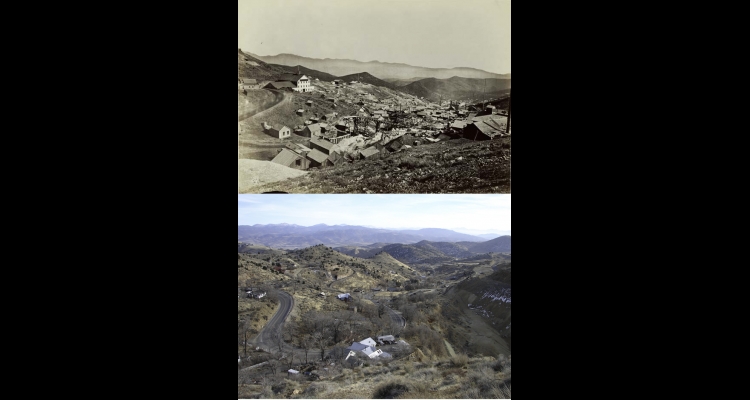Big Bonanza
The Spanish term "bonanza" means prosperity and also a rich vein of ore. Mines or communities were said to be in bonanza when profits ran high. The contrasting Spanish word "borrasca" refers to times of depression. Together, bonanza and borrasca hint at the importance of Spanish speakers to western mining history.
The “Big Bonanza” was an enormous gold and silver ore body discovered beneath Virginia City. James Fair, working with John Mackay, followed a narrow vein of low-grade ore in the Consolidated Virginia and California Mine. Although many might have lost hope following the meandering, often diminishing trail, Fair persisted, and in February 1873, he found the Big Bonanza. It took several years to exhaust the gigantic ore body, which yielded more than $60 million or the equivalent of over a billion dollars today.
The Comstock Lode yielded many pockets of concentrated ore. These bonanzas sustained the mining district's reputation for wealth throughout the 1860s, but the Big Bonanza exceeded all others. The discovery was so large it remains legendary. The Big Bonanza was also William Wright's title of his 1876 book about the Comstock Lode. In 1959, Bonanza became a television hit about Virginia City.
Article Locations
Related Articles
Further Reading
None at this time.



